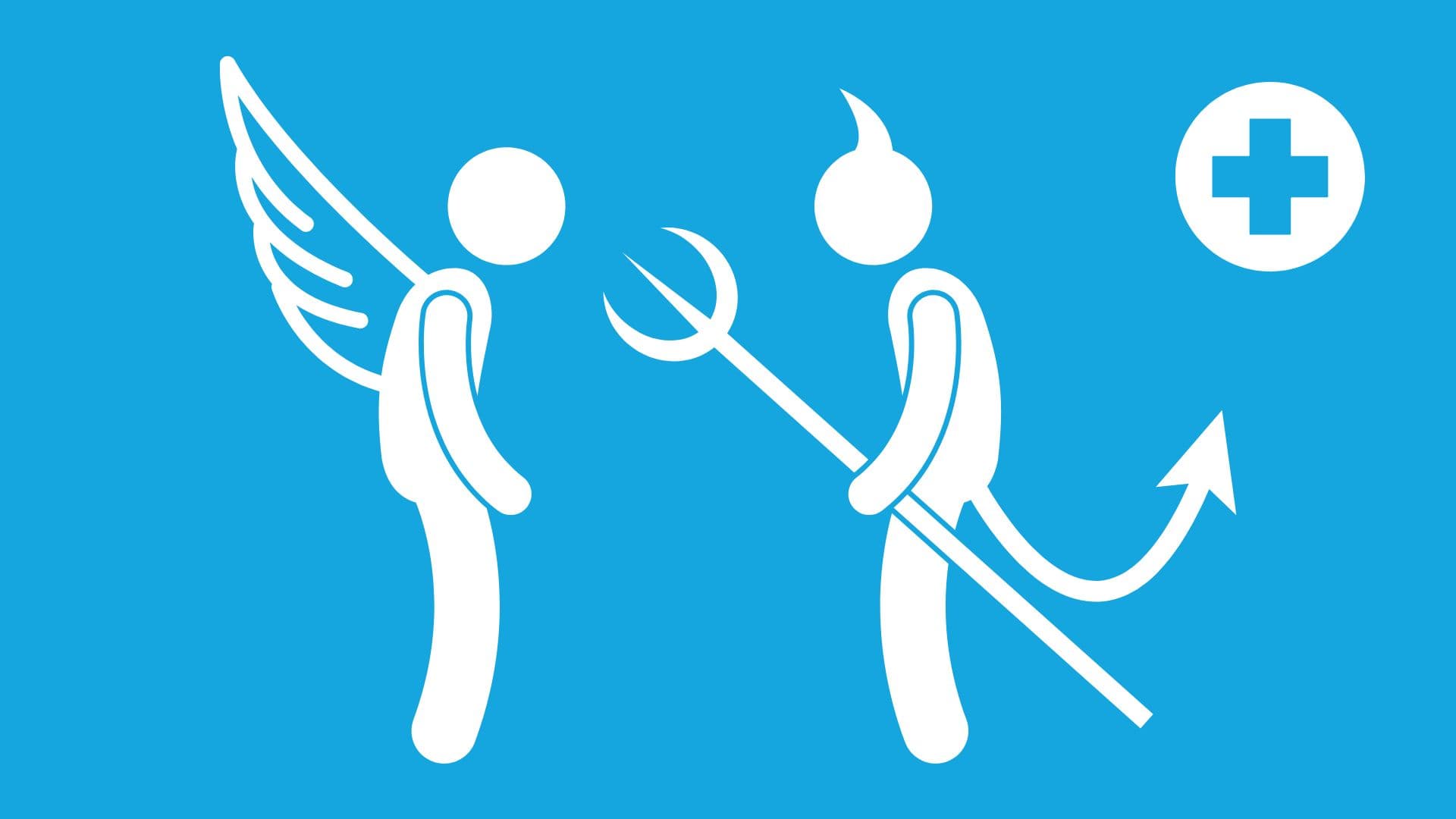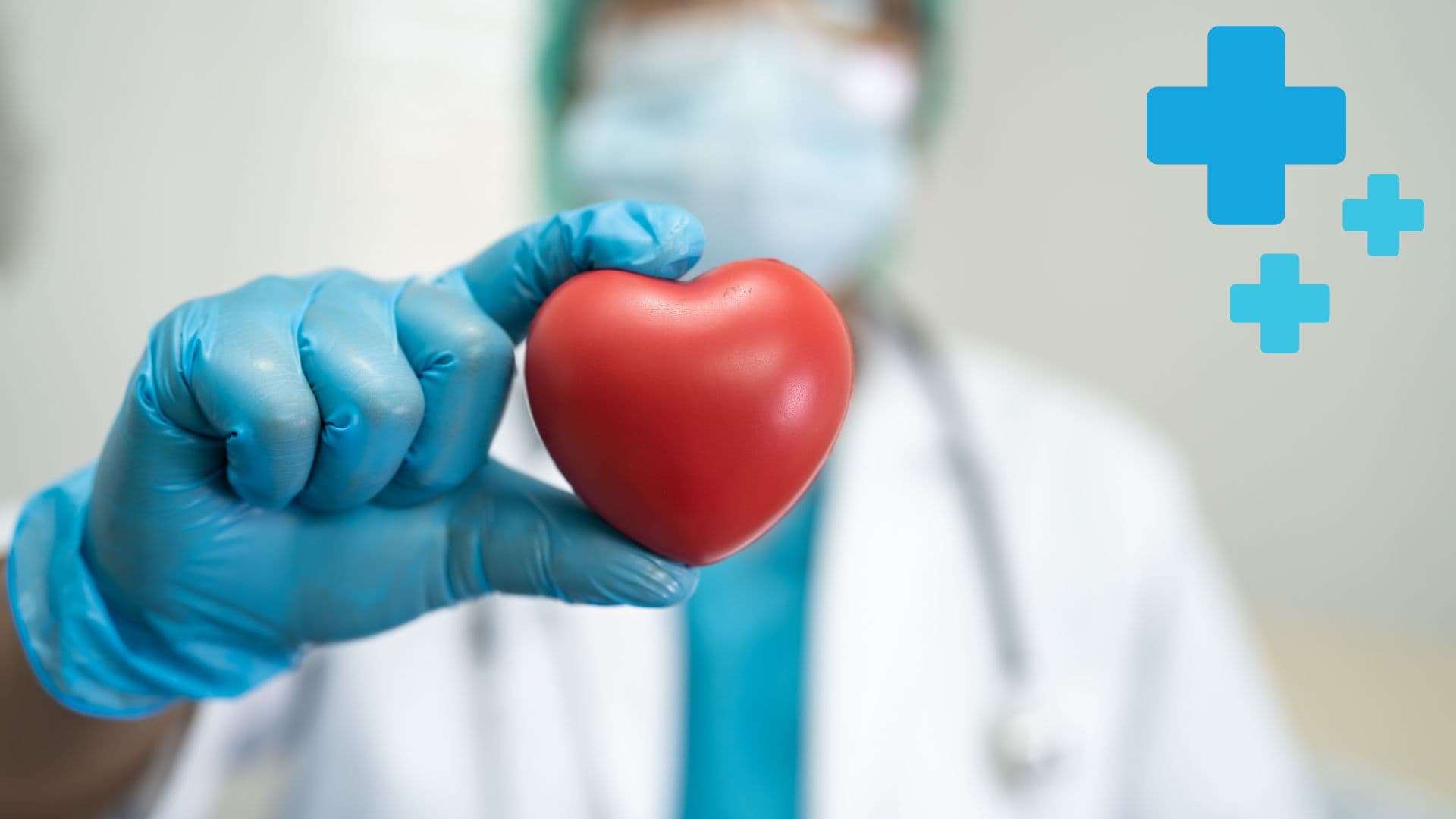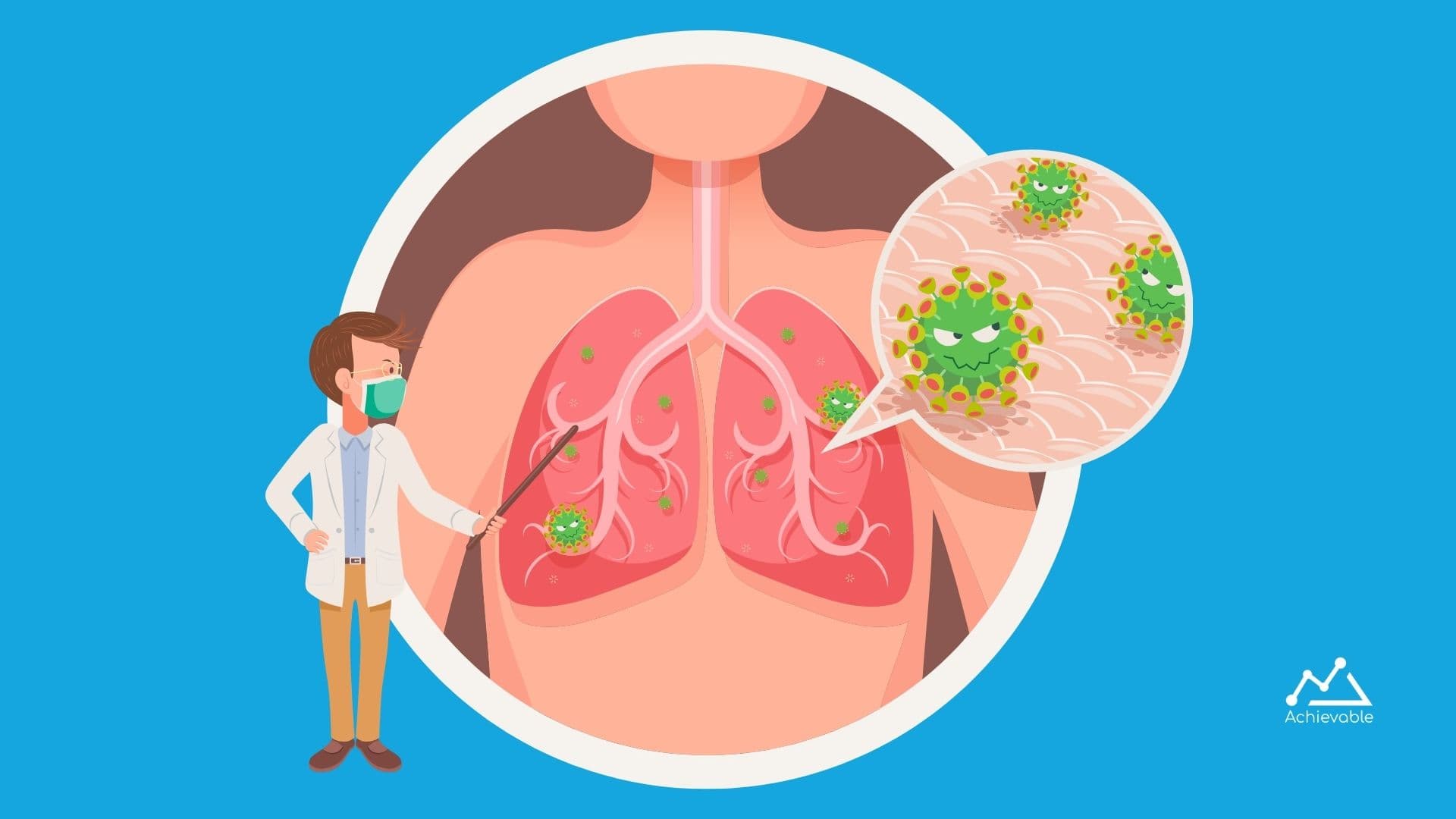
If you’re studying for the USMLE Step 1, understanding the pharmacodynamics of drugs and how they interact with patients is crucial. In the below video, Sujata Arecanteparamb, M.D., founder of GraceUSMLE and author of Achievable’s USMLE Step 1 course, explains the difference between agonists and antagonists in this short video.
If you’re looking for a comprehensive course to maximize your score on the USMLE Step 1 exam, check out Achievable’s USMLE Step 1 course that was authored by Sujata.
00:00 in this video i want to talk with you 00:02 about a few 00:03 aspects regarding pharmacodynamics of a 00:05 drug 00:06 do you know the difference between 00:08 agonist and antagonists 00:10 do you know how agonists and antagonists 00:13 affect the 00:14 efficacy and potency of a drug let's 00:16 look at these terms 00:18 this concept is important to understand 00:20 drug receptor interactions for the usmle 00:23 let's begin with agonist agonics or also 00:26 called as 00:27 full aegonis are drugs which bind to a 00:30 receptor 00:31 and then produce the maximum response or 00:34 they produce the desired response an 00:37 example 00:38 can be epinephrine when epinephrine 00:41 binds to the beta-1 receptor 00:43 it produces the desired response which 00:45 is increase in heart rate 00:49 now let's take a look at the different 00:50 kind of aegonis 00:52 when a partial agonist binds to the 00:55 receptor 00:56 it produces less than maximal response 00:59 or in other words 01:00 less than 100 percent response as that 01:03 produced by a full agonist a partial 01:06 agonist 01:08 has lower efficacy than a full agonist 01:12 sometimes when a partial agonist is 01:14 given 01:15 in the presence of a full agonist it may 01:17 behave 01:18 like an antagonist just because of the 01:21 reason 01:22 that both of the drugs will compete or 01:25 bind 01:26 to the same receptor some partial 01:28 agonists can behave sometimes like full 01:31 aegon is 01:32 or even like antagonists depending upon 01:35 which receptor they are using 01:37 an example will be pentazosine 01:40 pentazosine 01:41 is a full agonist at the kappa receptor 01:45 but it is a partial agonist at the mu 01:48 receptor 01:49 now let's look at inverse agonist when 01:52 an 01:52 inverse agonist binds to the drug 01:54 receptor it produces an effect which is 01:57 opposite 01:58 to the effect produced by a full agonist 02:01 for example if the agonist increases the 02:04 heart rate 02:05 binding of the inverse agonist will 02:08 cause 02:08 a decrease in the heart rate in the 02:11 presence of a full agonist 02:13 an inverse agonist behaves like an 02:15 antagonist 02:17 an example will be the effect of 02:19 naloxone 02:20 on the mu receptors now let's take a 02:23 look at the different types of 02:25 antagonists an antagonist by itself 02:29 does not have any inherent activity on 02:32 the receptor 02:34 when an antagonist binds to a receptor 02:37 it simply prevents the agonist from 02:39 binding to the receptor 02:41 an example would be propranolol which is 02:44 a beta blocker 02:46 when it binds to the beta-1 receptor 02:49 it prevents binding of epinephrine to 02:52 the beta1 receptor 02:53 and that's how it prevents an increase 02:56 in the heart rate 02:58 in a system that has fair receptors 03:00 maximum efficacy is reached 03:02 even before receptor occupancy is 03:04 hundred percent 03:06 an antagonist can inhibit the actions 03:09 of all types of agonists 03:12 to learn more about the action of 03:14 antagonists 03:15 let's talk a bit about what is efficacy 03:18 potency 03:19 and what are spare receptors efficacy 03:23 is the maximal or hundred percent 03:25 response that is produced 03:27 after a drug binds to a receptor whereas 03:31 potency is the dose or amount of drug 03:34 that is needed 03:35 to produce a given response it is 03:37 determined by 03:38 affinity of the drug to its receptor and 03:41 also 03:42 by the number of receptors that are 03:44 available 03:46 both efficacy and potency can be plotted 03:49 on a dose response curve 03:51 what are spare receptors spare receptors 03:55 are receptors that are present in excess 03:59 of the number of receptors that are 04:01 needed to produce 04:02 a maximum response antagonist can be 04:06 competitive 04:07 non-competitive or irreversible 04:11 a competitive antagonist binds to the 04:13 same receptor as the agonist 04:17 it decreases the potency of the drug 04:20 but it does not change the efficacy of 04:22 the drug 04:24 the action of a competitive antagonist 04:26 can be reversed 04:28 by just increasing the dose of the 04:30 agonist 04:31 an example will be fromazanile which is 04:34 an antagonist 04:35 at the gaba receptor for that reason 04:38 flumezanil 04:39 is used as an antidote in the treatment 04:42 of 04:43 benzodiazepine poisoning on the other 04:46 hand 04:46 a non-competitive antagonist binds to a 04:49 different 04:50 site than that bound by an agonist 04:54 it decreases the efficacy of a drug but 04:57 does not change the potency of a drug 05:00 the effect of a non-competitive 05:02 antagonist 05:04 cannot be reversed by just increasing 05:06 the dose of the agonist 05:08 an example would be ketamine 05:11 which is a non-competitive antagonist at 05:14 the 05:14 nmda receptor an irreversible antagonist 05:18 binds to the receptor with high affinity 05:21 and then it cannot be displaced 05:23 it behaves like a non-competitive 05:25 antagonist 05:26 in the sense that it decreases the 05:29 efficacy 05:30 but does not change the potency but 05:33 if spare receptors are present then an 05:37 irreversible antagonist will decrease 05:39 the efficacy 05:40 as well as the potency so to recap 05:44 an agonist binds at a receptor to 05:47 produce the desired response 05:49 a partial agonist also activates the 05:51 receptor 05:52 but produces less than the maximal 05:55 response 05:56 an inverse agonist binds to the receptor 06:00 and produces an effect that is opposite 06:03 to the effect of a full agonist 06:05 an antagonist does not have any inherent 06:09 activity on the receptor it just 06:12 prevents 06:12 binding of the agonist on the receptor 06:16 a competitive antagonist decreases the 06:19 potency of a drug 06:20 without changing the efficacy of a drug 06:23 while 06:24 a non-competitive antagonist and 06:26 irreversible antagonist 06:28 will decrease the efficacy of a drug 06:31 without changing the potency of a drug 06:33 hi there i am sujatha founder of grace 06:36 usmle tutoring 06:37 i partnered with achievable to create a 06:39 comprehensive usmle step 1 course for 06:42 medical students 06:43 it combines my years of usmle tutoring 06:46 experience 06:46 with achievables powerful software to 06:49 learn more 06:50 and gain access to a free trial visit 06:54 achievable.me

This video explains the changes seen in cardiac cycle tracings in valvular heart diseases. You can learn key features to help you differentiate normal from abnormal tracings in specific valvular disorders.

In this video Sujata explains the pathophysiology, diagnosis and management of pneumothorax. It is a high yield concept for all steps of the USMLE. Pneumothorax is of four different types and management is guided by the type and severity.

Fluid shifts between body compartments occur between the ECF (extracellular fluid) and ICF (intracellular fluid). It is determined by changes in osmolarity of ICF or ECF. The video explains the fluid shifts in different disorders and the types of volume contraction and expansion.